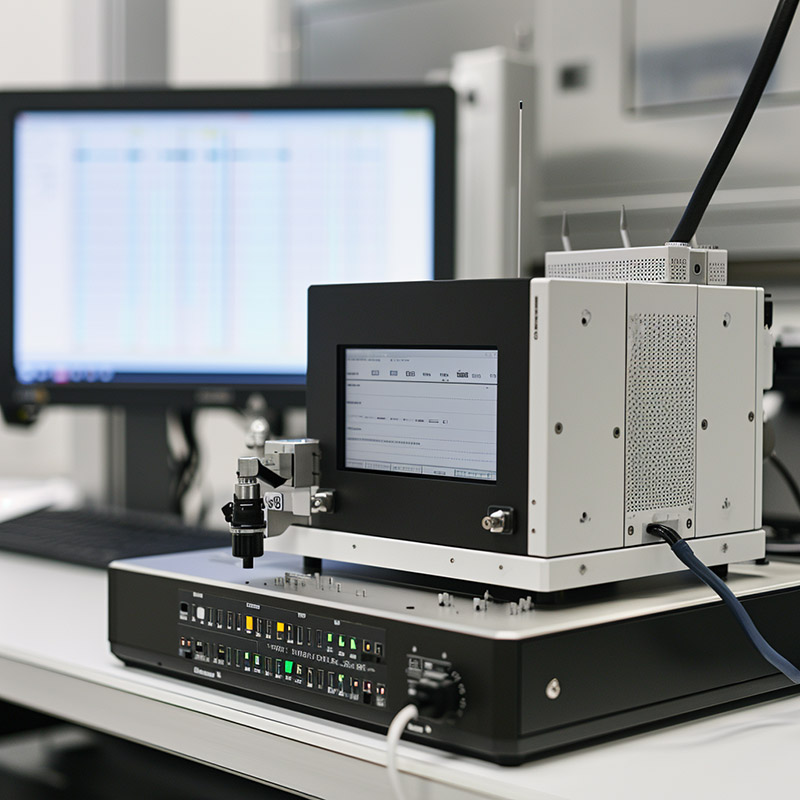
OSPA or Optical S-Parameter Analyzer refers to a specialized type of test equipment used for characterizing optical components for datacom and telecom applications.
- Measures optical modulation amplitude and phase to quantify optical device performance
- Capable of quantifying parameters like optical return loss, insertion loss, polarization dependent loss
- Tests over a wide spectral bandwidth spanning from visible light, NIR to telecom bands like O-band or C-band
- High measurement resolution to capture characteristics of devices like optical filters, multiplexers, switches etc.
- Guides the fabrication and manufacturing of optical components to meet technical specifications
- OSPA performance assessed by test coverage, dynamic range, accuracy, precision, calibration standards
OSPA thoroughly characterizes performance metrics of optical components for deploying high speed fiberoptic transmission systems and networks.
In 2004, FiberWork developed and released the OSPA (Optical S-Parameter Analyzer).
The OSPA is a fast platform for full and accurate characterization of passive optical devices during R&D and production, such as Fiber Bragg Gratings, interference filters, AWG's, dispersion compensators, optical multiplexors and demultiplexers, short lengths of fiber, and photonic crystal fiber devices.
It fully characterizes passive optical devices, providing simultaneously essential parameters such as phase, time delay, chromatic dispersion, reflectivity, transmissivity, bandwidth, insertion loss, return loss, polarization dependent loss and polarization mode dispersion (PMD/DGD). It replaces alternative solutions which requires several instruments and that can not measure all parameters simultaneously. It is intended towards time and cost savings during device development, production, testing and qualification stages.
The OSPA technology is built around an original interferometric technique. Such an innovation has been awarded with the British "Metrology for World Class Manufacturing Award" under category "Frontier Science and Measurement - Innovation in Metrology and Measurement Standards for Industry and Research".
Bearing a long list of technical advantages as compared to its competing technologies, the OSPA also innovates by treating the device under test using "optical S-parameter theory", an important innovation for multi-port device characterization. OSPA's differentials include theoretical curve fitting routines, which allow to find DUT parameters non-directly measured; external laser solution; compatibility with main commercially available tunable laser sources allowing cost effective integration with existing equipment; swept and stepped wavelength operation modes; S, C and L wavelength operation bands; easy and friendly Windows based user interface; fully automated operation; temperature and vibration stability; reduced space; simultaneous measurement in transmission and reflection in a single scan, integrated optical bench for ease of use and capability to characterizing multi-port devices.